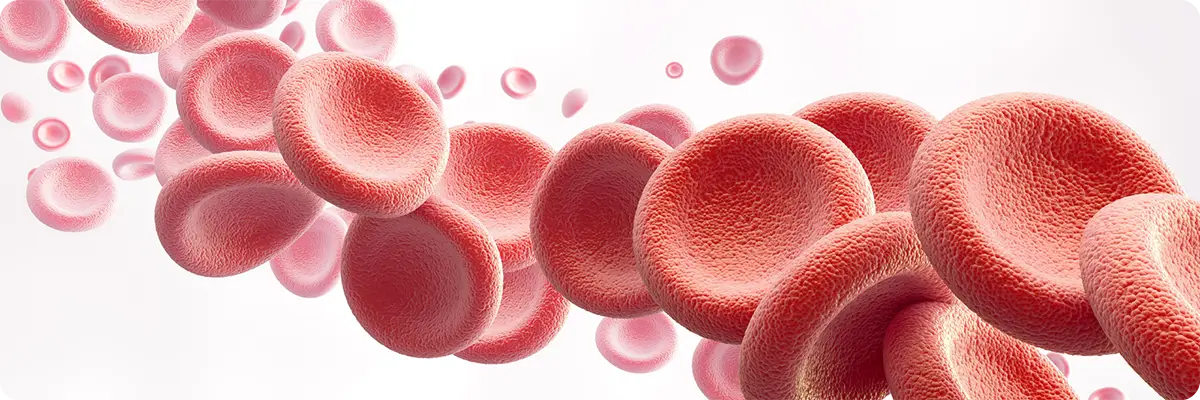Solutions
keyboard_arrow_downServices
keyboard_arrow_downSupport & Resources
keyboard_arrow_downCompany
keyboard_arrow_downContact
Key Benefits
Excellent stability
The LD assay showed a precision of less than 4% CV
Exceptional correlation
The assay showed a correlation of r=0.98 against another commercially available method
Flexibility
Liquid and lyophilised reagents available, offering greater consumer choice
Randox Lactate Dehydrogenase L-P (LDH) (NAD)
- LDH NAD method
- Liquid ready-to-use reagents
- Stable to expiry at 2-8°C
Ordering information
| Cat No | Size | |
|---|---|---|
| LD3842 | R1 6 x 20ml (L) R2 3 x 18ml | Enquire Kit Inserts RequestsView MSDSBuy Online |
(L) Indicates liquid option
Instrument Specific Applications (ISA's) are available for a wide range of biochemistry analysers. Contact us to enquire about your specific analyser.
Randox Lactate Dehydrogenase P-L (UV)
- UV method
- Liquid and lyophilised reagents available
- Stable to expiry at 2-8°C
| Cat No | Size | |
|---|---|---|
| LD3818 | R1 6 x 20ml (L) R2 3 x 11ml | Enquire Kit Inserts RequestsView MSDSBuy Online |
| LD8322 | R1 4 x 20ml (L) R2 4 x 7ml | Enquire Kit Inserts RequestsView MSDSBuy Online |
(L) Indicates liquid option
Instrument Specific Applications (ISA's) are available for a wide range of biochemistry analysers. Contact us to enquire about your specific analyser.
What is Lactate Dehydrogenase assay used for?
Lactate dehydrogenase (LD) catalyses the interconversion of lactic acid and pyruvic acid. The enzyme is composed of 4 peptide chains and exists in 5 isomeric forms. LD is widely distributed throughout the body, and the highest concentrations are found in the liver, heart and skeletal muscle. LD activity is significantly elevated during myocardial infarction. Maximum levels are reached 24 to 48 hours after the onset of chest pain and may remain elevated for 7 to 12 days post infarction. Increases in LD activity are also associated with other pathological conditions including liver disease, progressive muscular dystrophy, megaloblastic and pernicious anaemia.
Publications
Clinical Chemistry Panel
For more information or to visit more reagents within the clinical chemistry panel, please click here
Veterinary Panel
For more information or to visit more reagents within the veterinary panel, please click here
Get in touch to discover more
To find out more about Lactate Dehydrogenase and other diagnostic reagents, enquire now.



